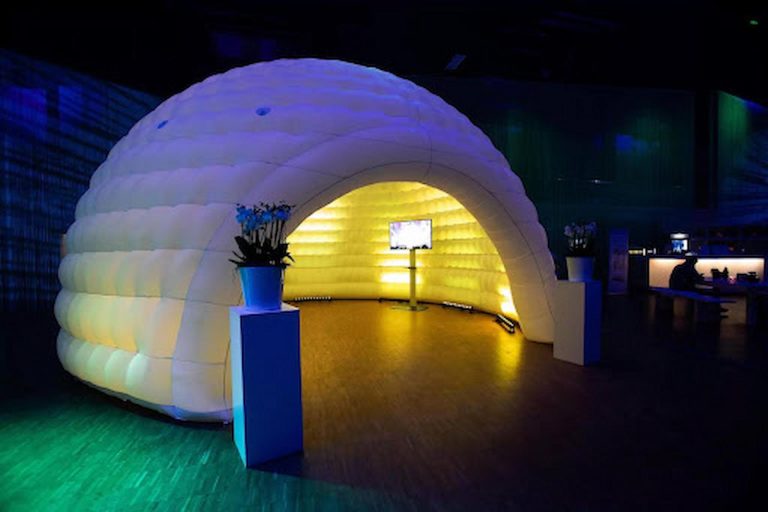I’ve worked in the electrical engineering industry for about 30 years. For the majority of that time, I’ve worked on rail systems. This means I’ve designed signaling systems, performed project management and system integration on various projects to allow trains to operate in a safe and reliable manner, while providing on time rail travel to the riding public. Signaling systems along with communications, traction power, overhead contact system, operation control center and fire life safety are all major components of a rail transit system. All these systems work together through the system integration process. Over the years I have gained extensive knowledge an have complete understanding in all of these systems. It’s been interesting and exciting work for a variety of reasons.
As an electrical engineer, I got to put my math and physics skills to good use each and every day. When I design a system, I have to think about acceleration and deceleration rates of the train, power consumption, space requirements, track profile, system reliability and many other things that play a part in system performance. The design process takes into consideration not just the theoretical math and physics processes, but also field and construction conditions. If field conditions change or unforeseen conditions are discovered, the design has to be modified to accommodate these changes. This process continues throughout construction until construction is completed. System design takes a significant amount of math, and it’s a bit like the story problems I loved when I was a kid in school. I really enjoyed working with numbers all day, and using those numbers to solve real-world problems.
My work couldn’t just stop with figures, however. I had to figure out how to talk to other people about my designs, and that meant that I had to draw my ideas out. When I first started this work, we were actually using pens and paper and we were tracing our designs out by hand. This was incredibly time-consuming work, and computers changed everything. Now, engineers use computers to plot out their ideas, and they can print out multiple copies of those drawings with a flick of a switch. It’s been amazing to work in an industry that has changed so very much in just 30 years. I’ve learned and changed so much during this time as well, as a result of the new skills I had to pick up to stay competitive.
At the end of a project, as an engineer I can look at something that I actually built. It exists and it’s designed to stay there for decades. I often show my children the projects I’ve finished, and I love the idea that my systems will exist long after I am gone.
Craig Jones of Norristown, PA, has worked in the rail engineering industry for 30 years. At the beginning of his career, Craig Jones of Norristown, PA, tested signals but over time he rose to the senior management level and became Vice President, Senior Project Manager, Director of Signals for a major rail design company.



